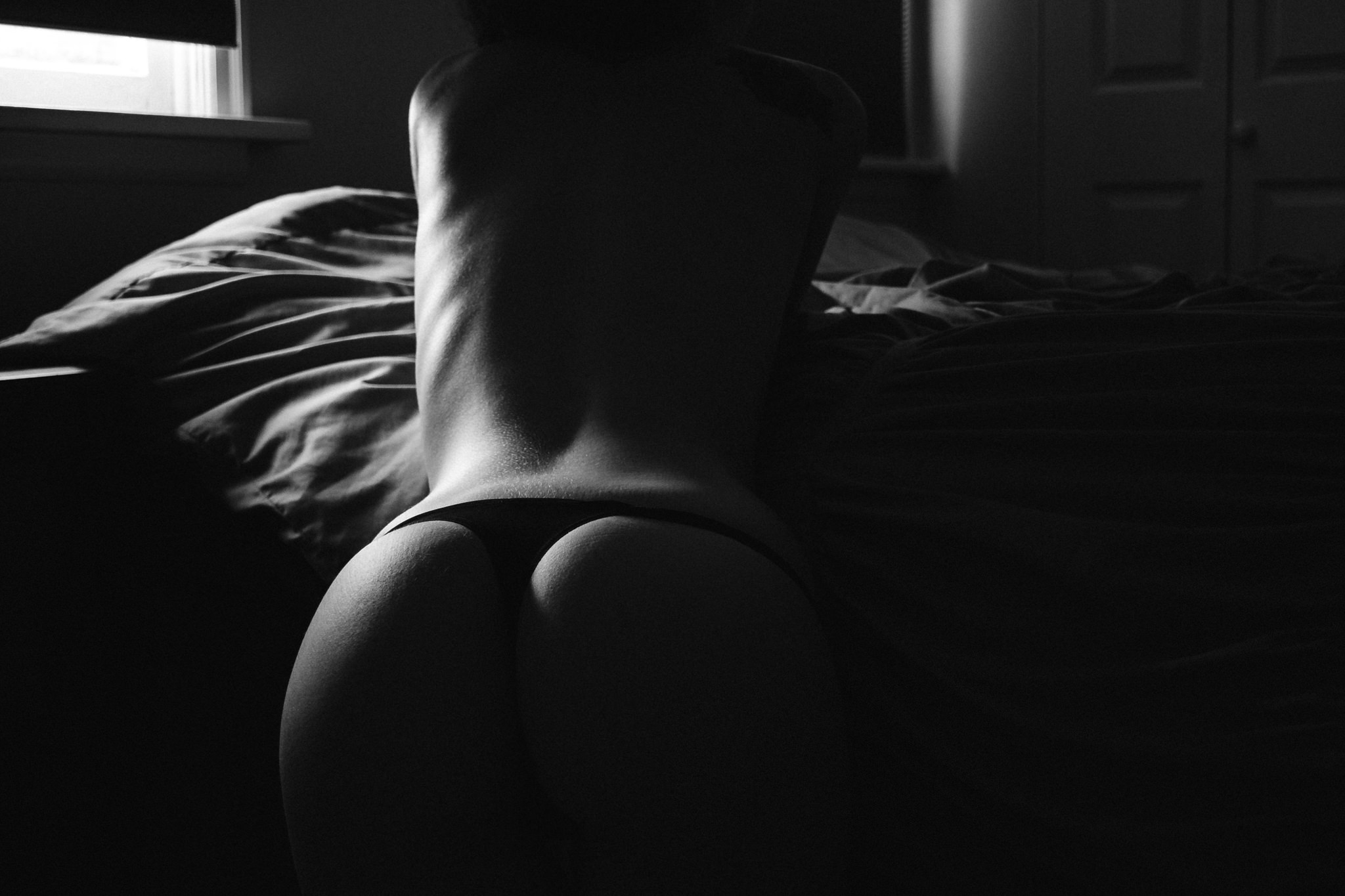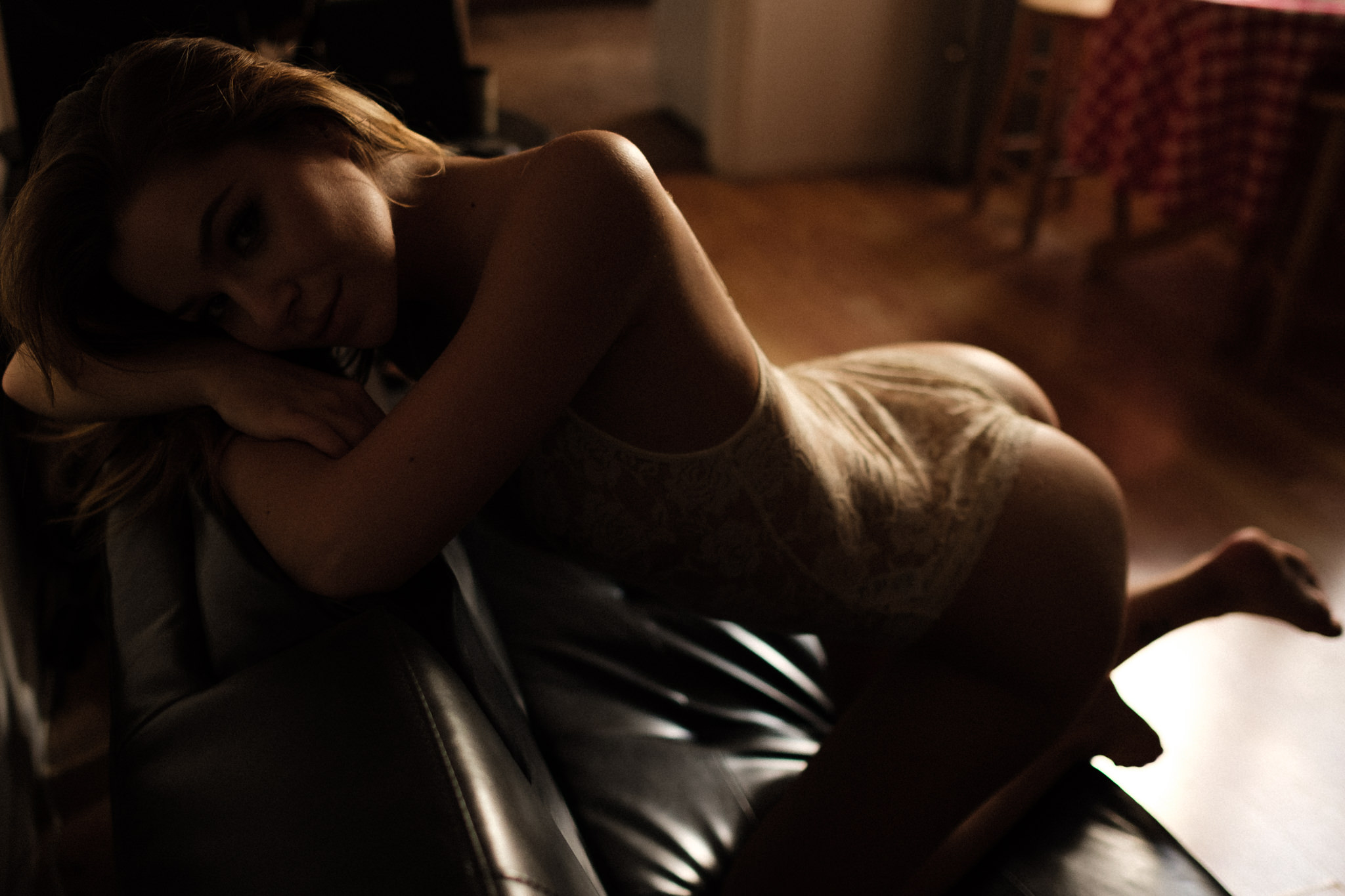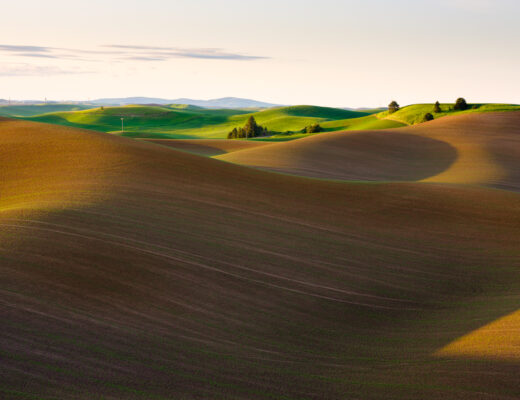One of the hallmarks of the Fujifilm X-Series system is the incredible quality your get from the Jpeg files. So much so that many, myself included, choose to use these sooc (straight out of camera) jpeg files over the RAW files in many cases.
One thing that is incredibly important when shooting in Jpeg is, of course, to get it right in the camera because jpegs degrade in quality much quicker that RAWs when it comes time for editing. If you are looking to shoot with a darker and moodier style, it can be hard to know how to shoot in camera to get the results that you want. So today I’ve got some tips for you in regards to shooting dark and moody with your Fujifilm jpegs.

#1 – Play with your tone settings and film simulations
Obviously, your choice of film simulation is key when shooting in jpeg as this will have an incredible influence on the overall look and feel of your image. But going further than that, the in-menu tone settings can also have a great impact on the final result of your image and should not be ignored when shooting.
In my case, I like to shoot my X-Pro2 with the Acros G filter, and beyond that, I have my grain set to strong with my tone settings as follows: Highlight +3, Shadows +2, Color 0, Sharpness +2, and Noise Reduction -2. I find that this gives me a nice and contrasty black and white Acros jpeg that is very close to the look I liked to process my raw files into.
#2 – Use the EVF and Spot Metering to your advantage
One of the biggest advantages to shooting with these mirrorless Fujifilm cameras is the ability to see what your images will look like through the EVF. It’s not a perfect representation, but it’s damn well close, and it’s important to rely on this when you’re shooting to for quality sooc jpegs.
Particularly, while you are shooting, pay attention to the highlights, and meter for those. Generally, I like to shoot with my highlights 1 to 1.5 stops underexposed. This seems to give me the best results when I am shooting for the sooc jpegs in terms of getting the darker look that I am going for.

#3 – It will feel too dark at first, but trust yourself and go with it
For anyone used to ‘properly’ exposing images, shooting in this way will produce images that to your initial gut reaction, will be extremely underexposed. But just remember that the point of these images is not a well-exposed image, it is to use the highlights of the scene to draw your viewer’s attention to the curves and form of your subject.
In my case as a boudoir photographer, this is usually the curve of a bum or shoulders, sometimes a detail shot of the face. Our eyes are naturally drawn to highlights, so when you decided to shoot dark and moody, it is important that your desired focal point in the image be the brightest point, be that the curve of a bum or the ridge of a nose.
#4 In terms of placement, backlight it
Dark and moody imagery cane be done a variety of ways, but the way that I have found that works best for me is to backlight my subjects with windows. This creates the perfect scenario for this razor thin, body sculpting highlights and really take a dark and moody image to the next level.

Shooting dark and moody doesn’t have to be hard, and getting it ‘right’ in camera with your sooc jpegs is something that any of you can do with enough practice and patients! I still shoot RAW + Jpeg so that I have the safety net of a RAW file in the event that I feel the need to tweak things a little further than a the jpegs would allow. But I am getting to the point now that I may start to film bracket instead because the majority of the time I feel almost no need to process my raw files – the jpegs are that good.
So get out of your comfort zone and try shooting dark and moody, it will be a fun experiment and could help you grow as an artist and photographer in more ways than you know.




















